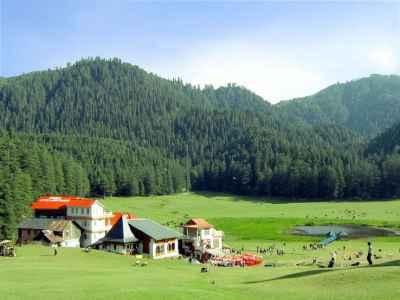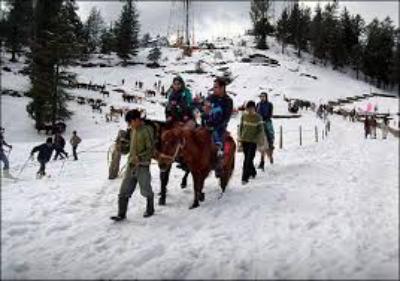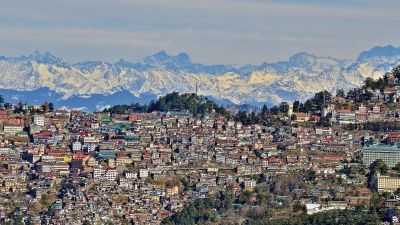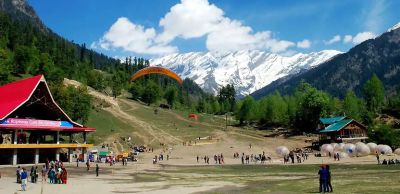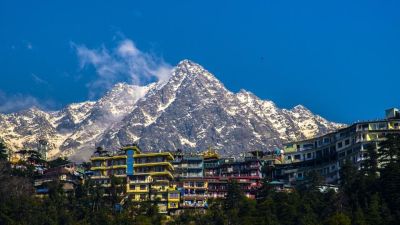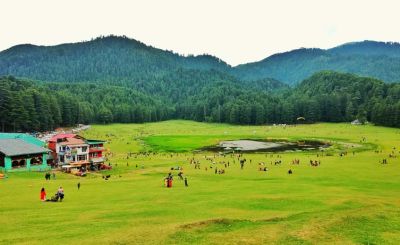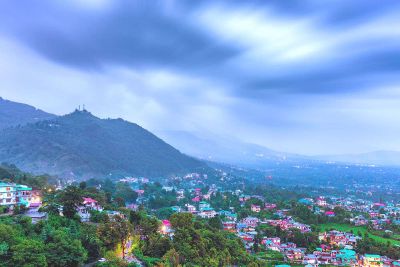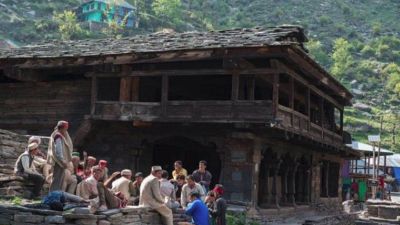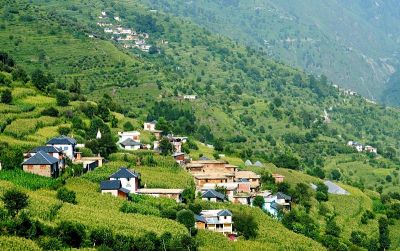The British Legacy in Himachal Pradesh: Colonial Architecture and Stories
Himachal Pradesh, nestled in the lap of the mighty Himalayas, is not only known for its breathtaking landscapes and snow-capped peaks but also for its rich history and cultural heritage. One of the most significant aspects of its history is the British legacy, which has left an indelible mark on the architecture and stories of this beautiful state. The British era in Himachal Pradesh lasted for over a century, from the mid-19th century to the mid-20th century. During this time, the British administrators and officials built several magnificent colonial buildings, which still stand as a testimony to their grandeur and architectural brilliance.
The Shimla Connection
Shimla, the capital city of Himachal Pradesh, holds a special place in the British legacy of the state. In 1864, Shimla was declared the summer capital of British India, and it quickly became the hub of colonial activity in the region. The British chose Shimla for its pleasant climate and scenic beauty, which reminded them of their homeland. The influence of the British can be seen in the elaborate Victorian-style buildings and bungalows that dot the landscape of Shimla.
The most iconic of these structures is the Viceregal Lodge, also known as Rashtrapati Niwas. Built between 1880 and 1888, this magnificent building served as the summer residence of the British viceroys. The Viceregal Lodge is a perfect example of British colonial architecture, with its grandeur and elegance. It is surrounded by beautifully landscaped gardens, which enhance its charm. Today, the Viceregal Lodge serves as the Indian Institute of Advanced Study and is open to the public.
Another notable colonial building in Shimla is the Gaiety Theatre, which was built in 1887. The theatre was a center for cultural activities during the British era and hosted several plays, musicals, and social gatherings. The architecture of the Gaiety Theatre is a seamless blend of British and Indian styles, with ornate balconies and a grand entrance.
The Hill Stations and Beyond
Apart from Shimla, several other hill stations in Himachal Pradesh bear the imprint of the British legacy. Dalhousie, named after Lord Dalhousie, the Governor-General of India who established the town, is known for its colonial-era churches and bungalows. St. John's Church in Dalhousie, built in 1863, is a beautiful example of British Gothic architecture.
Kasauli, another popular hill station, is home to the Christ Church, which was built in 1853. The church displays stunning stained glass windows and holds a significant place in the history of Himachal Pradesh.
Chail, a serene hill station near Shimla, is famous for its Chail Palace. Built as a summer retreat by the British in 1891, the palace offers a stunning view of the surrounding hills and is now a heritage hotel.
Outside of the hill stations, the town of Dharamshala is known for its connection with the British as it served as a winter retreat for the British residents. The Kangra Art Museum in Dharamshala houses an impressive collection of artifacts, including miniature paintings and sculptures, showcasing the rich cultural heritage of the region.
Uncovering the Stories
Along with the architecture, the British legacy in Himachal Pradesh is also preserved in the form of stories and anecdotes passed down through generations. One such story is that of Sir Henry Ramsay, who is credited with introducing apple orchards in Himachal Pradesh. It is said that he planted the first apple tree in the region and played a significant role in transforming Himachal Pradesh into the "Apple State" of India.
Similarly, the Kalka-Shimla Railway, a UNESCO World Heritage Site, bears testimony to the British engineering marvels in the region. This narrow-gauge railway line was built by the British in the early 20th century and is still operational today. It offers a scenic journey through the hills, tunnels, and bridges, providing a glimpse into the past.
Conclusion
The British legacy in Himachal Pradesh is not limited to just architecture but encompasses a rich tapestry of stories, traditions, and cultural influences. The colonial buildings and structures serve as a reminder of the bygone era and add a unique charm to the landscape of the state. Exploring the British legacy in Himachal Pradesh is like stepping back in time, allowing you to unravel the stories and experiences that shaped this beautiful region.
So, next time you visit Himachal Pradesh, take a moment to appreciate the British legacy and immerse yourself in the history that has left an indelible mark on this paradise in the Himalayas.
Don't forget to share this article with your friends and fellow travel enthusiasts!
Disclaimer : The information provided in this blog is for general informational purposes only. While we strive to keep the content accurate and updated, TravelSetu assumes no liability for errors or omissions. If you believe any part of this blog infringes your rights or causes concern, please notify us immediately at info[at]travelsetu[dot]com so that appropriate action can be taken.


